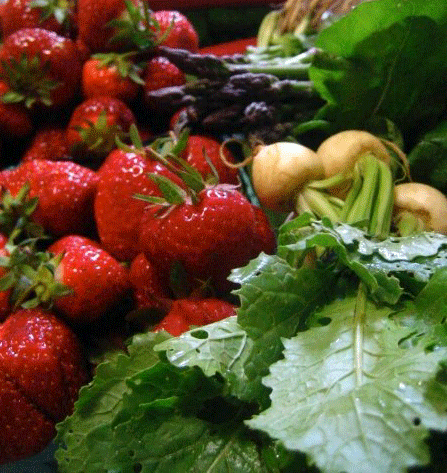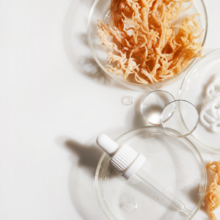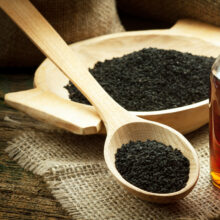Buying Organic: What’s Worth It and What’s Not!
- Published: Wednesday, April 13th 2016
- in Nutrition
by Jessica Remitz
 Buying organic fruits and veggies has become such a staple of grocery shopping from rural areas to big cities that it’s hard to determine what the label “organic” actually means and if whittling away your wallet for these items is really worth it. We’re sharing the details on which organic foods to buy or skip the next time you’re out shopping.
Buying organic fruits and veggies has become such a staple of grocery shopping from rural areas to big cities that it’s hard to determine what the label “organic” actually means and if whittling away your wallet for these items is really worth it. We’re sharing the details on which organic foods to buy or skip the next time you’re out shopping.
The term “organic” refers to foods that are grown or produced with no use of synthetic fertilizers, pesticides, antibiotics or hormones, according to Vandana Sheth, RDN, CDE registered dietitian nutritionist and spokesperson for the Academy of Nutrition and Dietetics. For a product to be labeled 100 percent organic, it must contain entirely organic ingredients except water and salt. You’ll see other products labeled 95 percent organic, which require 95 percent organic ingredients and 5 percent ingredients that aren’t available organically or appear on an approved list, Sheth said. Pesticides derived from natural sources may be used in producing organically grown food.
As consumers become more aware of their pesticide consumption, the demand for organic products has been reflected in grocery aisles and shopping carts nationwide. While many people choose to buy organic to reduce their exposure to synthetics, there’s no scientific evidence that organically foods are healthier or safer, Sheth said.
“Choosing to buy and consume organic foods is a personal decision,” she said. “At this point, there is no conclusive scientific evidence that shows organically produced foods are healthier or safer. Similarly, the taste and appearance of organic or conventionally grown foods does not show a significant difference.”
If you’re okay with spending a little bit more for organic produce—costs vary, but Sheth said it can be as high as 50 percent more to buy organic over conve ntionally grown foods—the Environmental Working Group has tested more than 10,000 pesticides in fruits and vegetables and has developed a list, aptly titled the “Dirty Dozen List” to help consumers determine which conventionally grown products are the worst offenders of synthetic materials.
ntionally grown foods—the Environmental Working Group has tested more than 10,000 pesticides in fruits and vegetables and has developed a list, aptly titled the “Dirty Dozen List” to help consumers determine which conventionally grown products are the worst offenders of synthetic materials.
The list, which also includes “more clean” conventionally grown produce options, sites apples, celery, grapes, spinach, cucumbers, potatoes, strawberries, and blueberries as some of the worst offenders when it comes to synthetics. So if you’re on a budget, stick to buying organic versions of these items when possible. Items you don’t need to buy organically include bananas, kiwis, mangoes, pineapples, asparagus, broccoli, cauliflower, corn, onions peas and avocado, according to Sheth.
In addition to the price point, keep in mind that since organic produce isn’t treated with wax or preservatives, it may spoil faster than conventionally grown foods. There are also ways to protect yourself from pesticides in conventionally grown produce, Sheth said. Here are her rules:
 Buy produce in season to limit pesticides that are used for long storage or shipping.
Buy produce in season to limit pesticides that are used for long storage or shipping.- When preparing leafy vegetables such as celery, lettuce and cabbage, trip the tops and outer layers to reduce pesticide residue.
- Wash and clean produce right before preparation and if necessary, use a brush to scrub off dirt and pesticide residue.
- When possible, peel and cook conventionally grown foods instead of eating them raw.
- Enjoy a wide variety of fruits and vegetables to help limit your exposure to a single type of pesticide residue.
Do you only shop organic? Let us know!
You might also like:
Healthy Eating at the Office: Easy & Tasty Breakfast & Lunch Recipes
Mediterranean Diet Proven to Successfully Prevent Heart Disease! Plus, Three Recipes
The Budget Diet: How to Eat Healthy on a Budget
5 Healthy Foods for Fighting Cancer You Should Shop for Now
Change My Breakfast: 3 Deliciously Healthy Oatmeal Recipes


